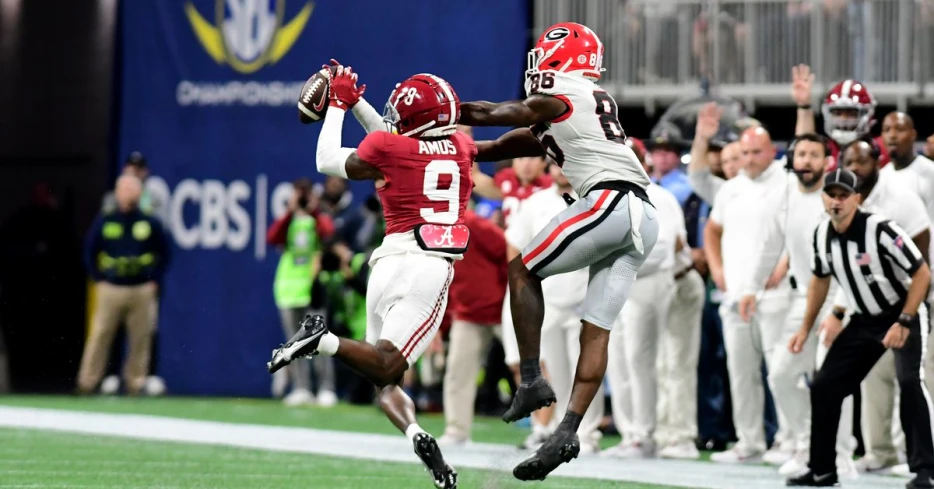
 Hogs Haven
Hogs Haven
A collection of articles, podcasts & tweets from around the web to keep you in touch with the Commanders, the NFC East, the NFL and sports in general, and a sprinkling of other stuff
The offense was fifth in scoring and seventh in yards during Daniels’ rookie season. They scored 30 or more points seven times during the regular season — the same total they had reached in the previous four years combined — and once in three playoff games. To that group, they added five-time Pro Bowl left tackle Laremy Tunsil, receiver Deebo Samuel and offensive tackle Josh Conerly Jr. — their first-round pick in last week’s draft.
Meanwhile, the defense was not as accomplished; it ranked 18th in scoring and 13th in points. This offseason, the defense didn’t see the kind of star power added that the offense did, but they did address some holes to make them more competitive.
Much of the predraft attention was focused on Washington adding an edge rusher. However, the Commanders — long before the draft — identified more pressing issues to address, such as stopping the run and creating more turnovers.
Those were the two biggest issues the Commanders faced defensively in 2024. They forced 17 turnovers in the regular season — 20th in the NFL — and only three teams intercepted fewer passes than the Commanders (7). That’s why the evaluator pegged corner as one area Washington needed to upgrade. Following suit, the Commanders used their second-round pick on former Ole Miss cornerback Trey Amos — a player they would have considered in the first round.
Washington also ranked 30th against the run and 28th in yards per carry allowed — a problem when the top team in the NFL, the Philadelphia Eagles, boasted the NFL’s second-best rushing attack last season. Considering the Commanders face the Eagles twice a year in the NFC East, and lost to them in the NFC Championship Game, they needed to strengthen their run defense.
“There’s a lot of things that we want to get better at,” coach Dan Quinn said. “Run defense was certainly part of that.”
To combat the run woes, Washington got bigger inside. They added nose tackle Eddie Goldman (332 pounds) and Javon Kinlaw (330 pounds), who will, in part, replace Jonathan Allen, who they released March.
Amos profiles as an extremely well-rounded cornerback with upside in a variety of different schemes. He measured in at the combine at 6-foot-1, 195 pounds with 31¼-inch arms. That’s a big, long cornerback which the NFL desires more and more. With that size and length, Amos is capable of lining up in press and being disruptive at the line of scrimmage while playing man coverage.
At Ole Miss, Amos also showed he could play a style of coverage that Commanders head coach...